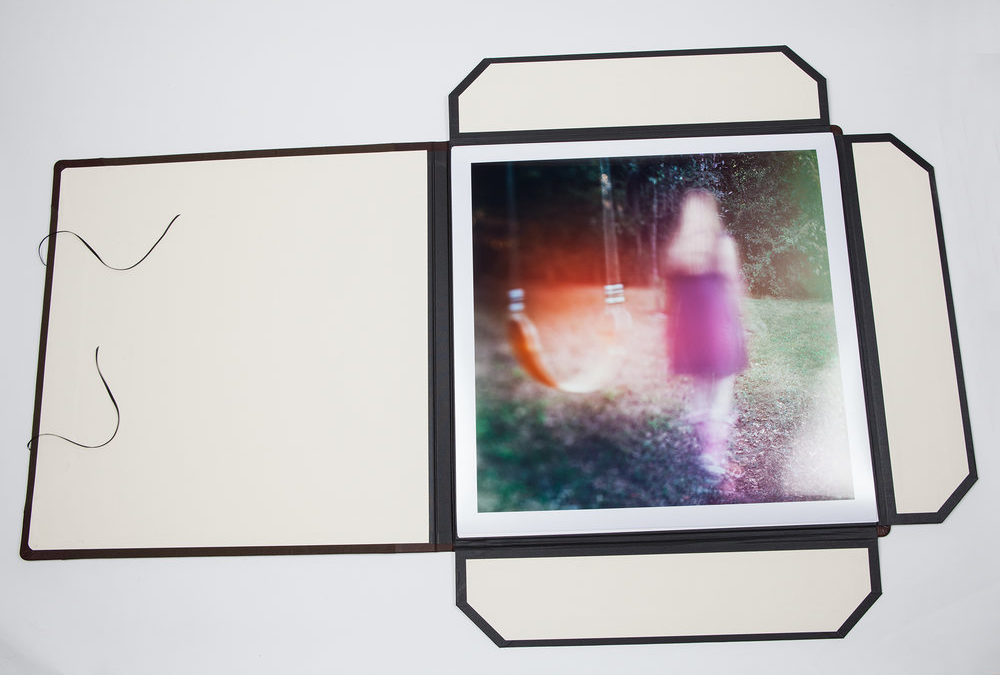5 Tips for a Successful Portfolio
Written by Pierre Dutertre
1: Your portfolio is the sum total of your photographic experience, technical and artistic skills as well as your individual style, the way you see the world. Without a portfolio you can only say that you are a photographer, but cannot substantiate that statement.
2: Creating a portfolio together with a body or bodies of uniform work can be challenging, as it becomes too easy to become distracted or confused with the unity of your imagery, in terms of genres, styles or expected outcomes with the viewer.
3: The sequencing of images within your portfolio is an essential component to its expected presentation; too often, this sequencing is based upon personal preferences or artificial and rigid categorizations. In other words, a photographer assembling his or her own portfolio can easily become biased due to their intimate and usually confusing knowledge of each image, their circumstances and memories associated with these that are irrelevant to the viewer.
4: Your portfolio is only as strong as your weakest image. The sequencing of images for a portfolio can be achieved by printing small thumbnails of your images, cutting them and then physically assembling galleries that are unified stylistically, by genres, colors, compositions and communicative expressions. Some of the weaker images will often be left out at the end, thereby eliminating less valid or repetitive photographs.
5: It is essential to refine your portfolio. Having an industry professional, curator or consultant review your portfolio on a regular basis will help you refine the sequencing of the images, establish weak or strong categories of work, eliminate unnecessary photographs, as well as establish future directions and potential projects. The reviewer must be completely impartial, extensively experienced in such reviews and able to apply the formal critique principles used in the evaluation of the visual arts, whether commercial or fine art based.


Recent Comments